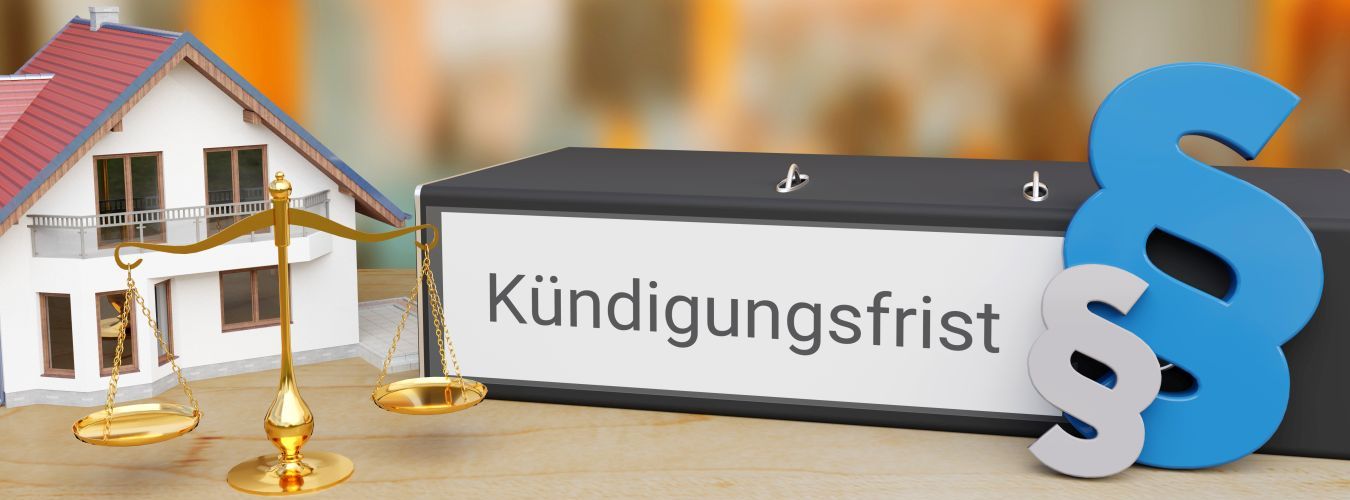Anyone who owns or rents a property knows that in addition to the purchase or rental price, other costs are regularly incurred. The so-called operating costs ensure the ongoing operation of a building and cover expenses such as heating, water, waste collection and insurance.
Operating costs in the home are a complex but important topic for both tenants and landlords. If you know what operating costs are, what can be allocated according to the Operating Costs Ordinance and which items are excluded, you can better understand bills - and avoid unnecessary additional payments.
But what exactly is included - and which costs can landlords pass on to tenants?
What are operating costs?
According to Section 1 of the Operating Costs Ordinance (BetrKV), operating costs are the "ongoing costs incurred by the owner as a result of ownership of the property or the intended use of the building." Put simply, these are the costs that are regularly incurred for the operation and habitability of a house or apartment.
Operating costs are a fixed component of the monthly housing costs. They are often included in the service charge bill and often lead to uncertainty among tenants - especially when there is a threat of additional payments. In the real estate sector, operating costs include all recurring expenses that are necessary to keep a property in good condition and ensure its use.
Operating costs of an apartment: What is included in operating costs - and what is not?
In a rented apartment, operating costs are usually paid monthly in the form of an advance payment and later settled in detail via the operating cost statement. But what is included in the operating costs?
Typical operating costs for tenants are, for example
- Property tax
- Water and sewage charges
- refuse collection
- Heating costs and maintenance of the heating system
- Lighting of communal areas (e.g. stairwell or courtyard)
- Insurance such as building or liability insurance
- Chimney sweep fees
- Janitor, garden maintenance and cleaning costs
- Elevator costs
If agreed in the rental contract, these costs can be passed on to the tenants - they are then referred to as apportionable operating costs.
An important point for tenants: Landlords are allowed to pass on many of these costs to tenants - but only if this has been clearly agreed in the tenancy agreement. However, they are not apportionable as they do not relate to ongoing use, but to value maintenance or organization:
- Reserves for maintenance
- administration costs
- repairs
- bank charges
- Depreciation
Are operating costs and service charges the same thing?
No, operating costs and ancillary costs are not the same thing. The legally more precise term operating costs refers to ongoing costs arising from the use of the property, which - if agreed in the rental contract - can be passed on to tenants (e.g. heating, water, property tax). Service charges are the broader generic term for all costs incurred in connection with the property, including non-allocable items such as administration, repairs or maintenance.
| Feature | Operating costs | Service charges |
|---|---|---|
| Definition of service charges | Ongoing, recurring costs that arise from the use of the property and can be passed on to tenants. | Total costs incurred by the landlord for the property. |
| Allocability | Yes, generally apportionable in accordance with the Operating Costs Ordinance (BetrKV) - if contractually agreed. | Not all ancillary costs are apportionable (e.g. administration, maintenance). |
| Examples | Property tax, water, heating, refuse collection, janitor costs. | Administration costs, repairs, interest for financing. |
Summary
It is important to distinguish between operating costs and ancillary costs: operating costs are part of ancillary costs - but not all ancillary costs are operating costs.
- Colloquially, the terms are often used interchangeably.
- Legally, operating costs are a sub-category of service charges.
- Operating costs are apportionable usage costs; ancillary costs include all landlord costs (including non-apportionable items).
Cold and warm operating costs
Operating costs are divided into two main groups: cold and warm operating costs. This distinction is important in order to better understand the monthly service charges and identify potential savings.
Cold operating costs
Cold operating costs include all regular expenses that arise independently of heating or hot water. They primarily cover the general operation and maintenance of a property. Examples include
- Property tax
- Water and sewage charges
- refuse collection
- street cleaning
- Janitor and garden maintenance
- Lighting in communal areas
- Insurance (e.g. building or liability insurance)
- Chimney sweep fees
These costs are usually stable and hardly change over the year. Landlords can pass them on to tenants on a pro rata basis, provided this is agreed in the tenancy agreement.
Warm operating costs
Warm operating costs arise from heating and hot water supply. They depend directly on personal consumption, which means that tenants can exert particular influence here. These include
- Heating energy (e.g. gas, oil, district heating or electricity)
- Maintenance and operation of the heating system
- fuel costs
- Hot water preparation
- Metering and billing costs
Billing is largely consumption-based in accordance with the Heating Costs Ordinance. Those who consciously save energy benefit directly from lower ancillary costs.
How you can save as a tenant
- Ventilate rooms several times a day instead of leaving windows permanently ajar.
- Regularly ventilate radiators and do not obstruct them with furniture.
- Set the thermostat to a constant, moderate temperature - every degree less saves energy.
- Report dripping taps or running toilet cisterns immediately to prevent water loss.
- Consciously reduce hot water consumption in summer, e.g. by taking shorter showers.
- If service charges are high: check the bills and ask to see receipts if anything is unclear.
































